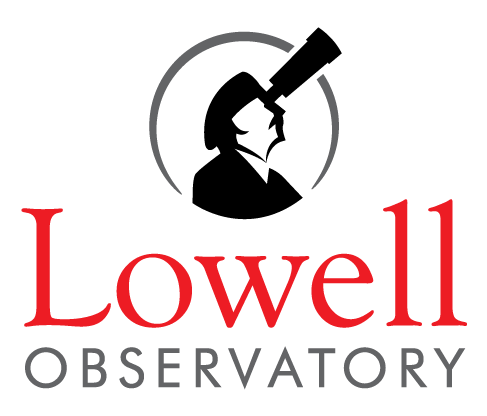The Uranian moons Ariel, Umbriel, Titania, and Oberon have surface compositions dominated by H2O ice mixed with a spectrally neutral component, overprinted by "pure" CO2 ice on their trailing hemispheres and red material on their leading sides. The composition of the red material and the spectrally neutral material is not known, but organics and/or silicate minerals are assumed to dominate. Subtle absorption bands centered near 2.2 m have been detected on these moons, tentatively attributed to ammonia (NH3) bearing species. Charged particle bombardment should remove NH3 from the surfaces of the Uranian moons on short timescales perhaps as short as 106 years at Miranda. Consequently, NH3 could be a tracer of geologically recent activity, which appears consistent with the relatively young surfaces of Miranda and Ariel. In contrast, Umbriel is ancient, with little evidence for endogenic activity. Umbriel's 2.2-m band therefore raises important questions about the longevity of NH3 and the possible presence of other, more refractory species. To investigate Umbriel's spectral signature, we measured the area and depth of its 2.20-m band, and three other spectral features centered near 2.14, 2.22, and 2.24 m, in 33 ground-based spectra. We identified 19 spectra with >2 measurements for one or more of the four bands (Figure 1). We compared the spectral signatures of these four bands to a range of candidate species measured in the laboratory, finding that NH3-H2O mixtures, NH3 ice, and CN-bearing organics provide good matches, as do non-nitrogen-bearing species like carbonates, phyllosilicates, hydrocarbons, and mixtures of H2O and CO2 ices. Radiolysis of mixed H2O, CO2, and NH3 deposits could form refractory organic residues that exhibit absorption bands between 2.1 and 2.3 m, possibly explaining the persistence of these spectral features on Umbriel and the other Uranian moons. Alternatively, volatile components could have been delivered more recently in impactors. Although Umbriel's surface is dark and old, it does have a few complex craters with bright floors, including Wunda crater (Figure 1). Perhaps these bright spots are rich in NH3 and other volatiles recently sourced from its subsurface, possibly forming in a relict ocean in Umbriel's early history or retained in an undifferentiated crust.
